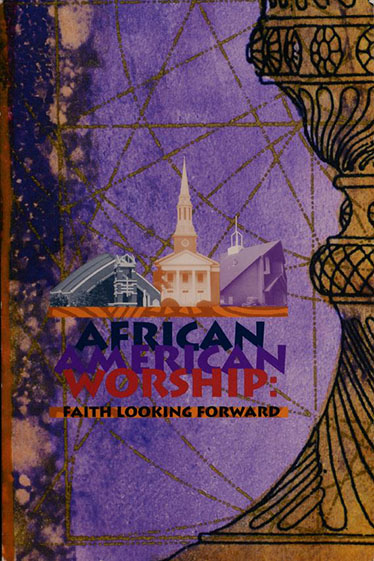Abstract
Several scholars have illuminated aspects of the Sanctified Church worship tradition which represent movement toward social rebellion, cultural resistance, and ecclesial reform. Historian David Daniels contends that the worship practices
developed under the leadership of C.P. Jones and C.H. Mason fostered the renewal of African-American Christianity through a restructuring of slave religion. In alliance with other “progressive” Black Churches, the holiness movement advocated moral, ecclesial, liturgical, and pastoral reforms. Sociologist
Cheryl Gilkes portrays the Sanctified Church as a cultural resistance movement whose liturgies and structures enabled black women to resist the racial and cultural assaults they experienced in the U.S. during the period between 1895 and
World War II, the era of Jim Crow: Women in the Sanctified Church were committed to the cause of racial uplift. They retained their commitment to ecstatic worship, which black Baptists and Methodists were rejecting. They also retained an emphasis on women's interests, education, professionalism, and the cultivation of a black female image that contradicted the dominant culture's stereotypes.

